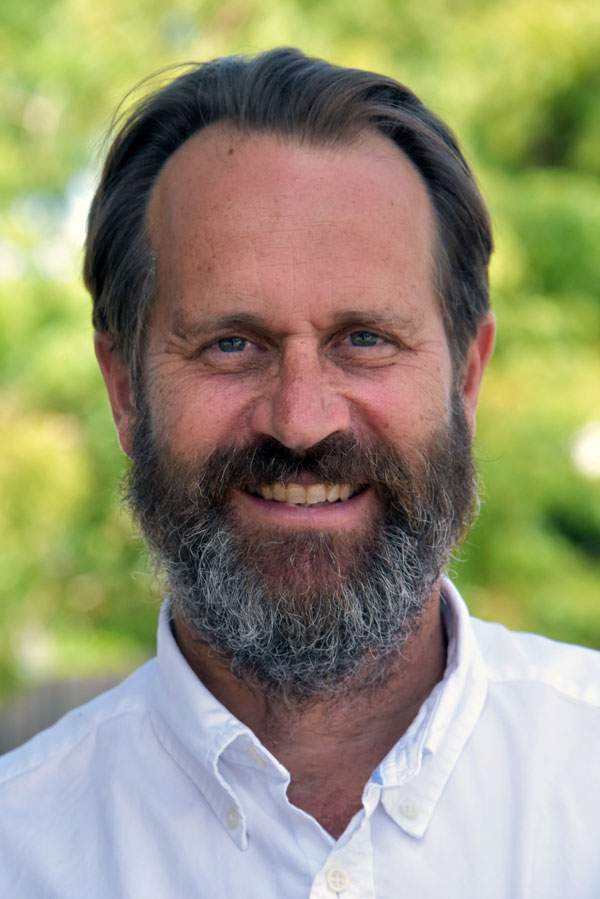 Living with COVID-19 is more than likely, so how do we get back to patient care with renewed confidence?
Living with COVID-19 is more than likely, so how do we get back to patient care with renewed confidence?
The overseas experience of the SARS CoV2 (COVID-19) pandemic is one of death and despair that is shared by patients and health care workers alike.

AMA WA president Dr Andrew Miller provided sage advice on the attitude we should all adopt when he said: “We need to move away from the war-like analogy where the death of health care workers is seen to be inevitable.”
Dr Miller is an anaesthetist and is campaigning for nucleic acid amplification (NAT) testing of asymptomatic patients who will be undergoing intubation for semi-urgent (elective) surgery this winter. Intubation is an aerosol generating procedure that places health care workers at risk of respiratory infections including SARS CoV2.
At the time of publication, it is still unlawful to offer NAT testing to asymptomatic patients based on directions from the Chief Health Officer under the Public Health Act 2016 (WA).
Dr Miller can’t see the sense in the government refusing to allow doctors to offer this testing for their patients. The testing, he says, may prevent facilities being compromised and save lives this winter, and not just health care workers’ lives but the lives of patients as well.
Keeping our hospitals safe this winter is a high priority but so, too, is keeping general practices safe. It’s essential that we restore confidence so that patients attend for their acute and chronic diseases.
Doctors talk to one another. That’s how we make sense of evidence and draw that into practice. Speaking to GP Dr Brendan Kelly, medical director at Reynolds Rd Medical in Applecross, his team reacted quickly to the pandemic.
“After looking at the available evidence from across the world, we decided we should go hard and go early, we didn’t wait to be told what to do by the WHO or our governments, you just need to have some common sense and stay ahead of the curve,” he told me.
Dr Kelly and his team moved quickly on gaining access to personal protective equipment for his clinical and clerical staff, they have risk managed based on individual staff needs, and implemented physical distancing, symptom screening and cohorting of at-risk patients from the start of the epidemic.
“Patients have expressed appreciation that we are taking things very seriously and this has been reflected in the confidence and morale of our staff and patients, and translated to continued high attendance rates at our practice” says Dr Kelly.
“We have a small working COVID-19 team which meets regularly to review the most recent advice and data from around the world. We then use our training and real-world expertise based on local conditions to devise our own protocols to protect our patients and staff.”
While the public health emergency has been officially invoked, it’s important to remember that employers and employees are still subject to the Occupational Health and Safety Act 1984, which mandates that all practical steps be taken to prevent workplace injury and that includes work-related infections, of which SARS CoV2 is one.
Providing a safe environment for patients and health care workers is paramount this winter and beyond. It’s important that we do this with Respect (empathy and compassion or understanding and kindness).
Balancing the needs of patients, particularly patients at the end of their life, against the risks of infection is challenging, but still achievable. Keeping people physically safe but losing our respect for humanity is not acceptable. There is always a middle road and we need to find that path.
Given the pervasive global spread of this virus, it is likely that it is here to stay for many years. It’s important that we start to adapt now and set new standards for the safety of health care workers and patients.
We must have a ‘Target Zero’ approach and raise the standards of infection prevention.
PPE use is very important but it can only take us so far. The sensible use of NAT testing of selected high-risk asymptomatic individuals should be allowed by government authorities to help us mitigate the ongoing risk posed by this potentially deadly virus.

